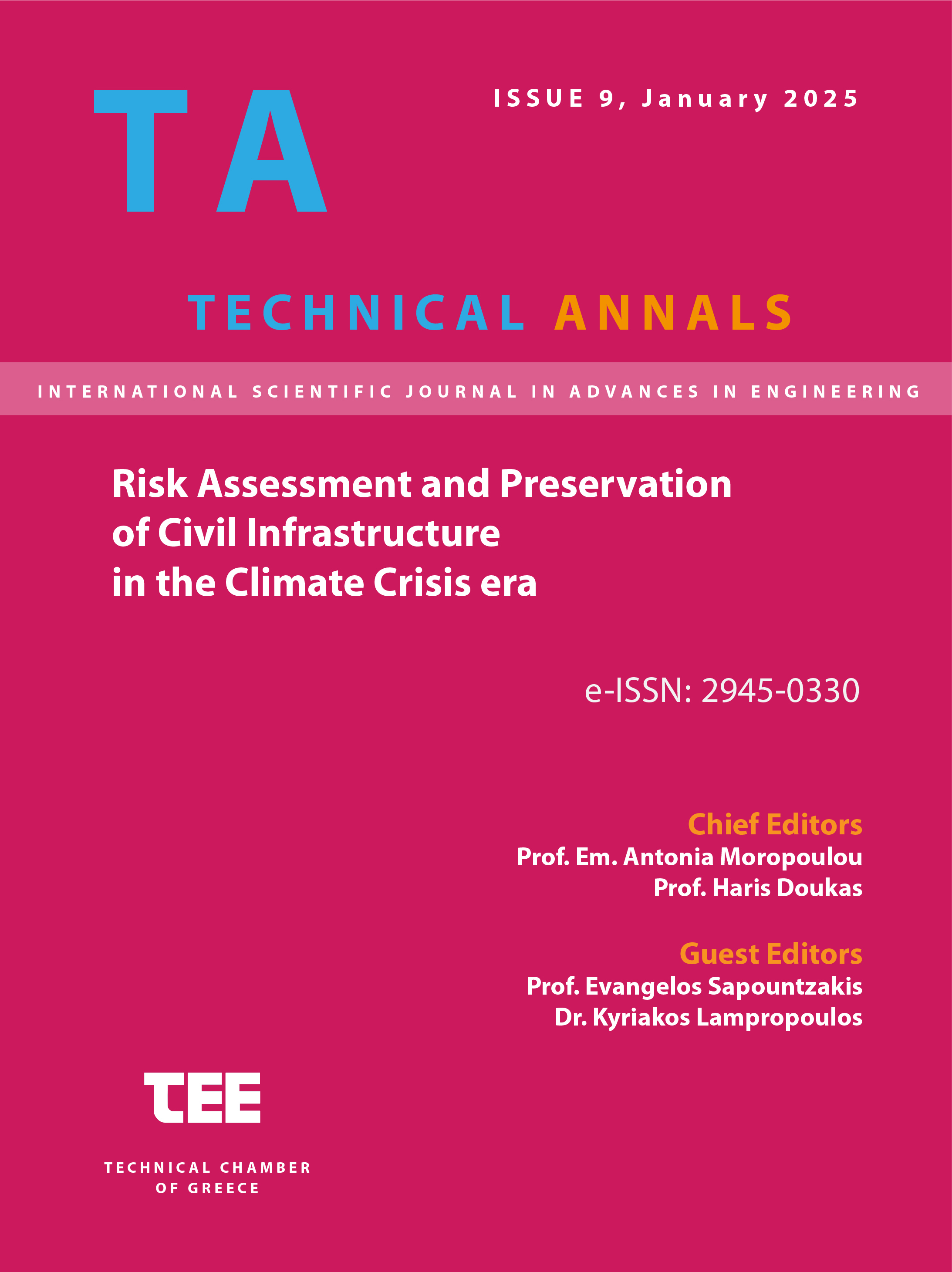Green Routes and Urban Heat Island mitigation in the Municipality of Kalamata

Abstract
Humanity faces a triple planetary crisis: climate change, biodiversity loss, and pollution, which threaten ecosystems and quality of life. Cities play a key role in tackling these challenges and achieving climate neutrality as hubs of housing, economy, and resource use.
Kalamata, a member of the EU’s “100 Climate-Neutral and Smart Cities by 2030” Mission, leverages digital innovations for sustainability. Through smart solutions in energy, buildings, waste management, and transport, it aims to enhance resilience and reduce environmental risks.
This study aims to highlight, through Geographic Information Systems (GIS), green routes within the city's residential fabric that are suitable for cooler walks. Key factors considered and applied as criteria for reducing urban heat, are urban green spaces, which aid in air cooling through vegetation. In contrast, factors such as asphalt and concrete (which absorb heat), high buildings, and narrow streets (which trap heat by limiting airflow), along with human activities such as heating of the buildings and driving cars, contribute to increase urban temperatures.
Additionally, the study assesses accessibility to green spaces and presents comparative maps of land surface temperatures, highlighting ways to mitigate urban heat.
Article Details
- How to Cite
-
Malaperdas, G., & Makios, A. (2025). Green Routes and Urban Heat Island mitigation in the Municipality of Kalamata. Technical Annals, 1(9). https://doi.org/10.12681/ta.41450
- Section
- Climate Change

This work is licensed under a Creative Commons Attribution-NonCommercial-ShareAlike 4.0 International License.


